Pray at the Pole Movement Surfaces at FHC
Crescents of sunlight breach the horizon and lick the figures of students gathered around the flagpole in front of FHC. Their heads face down in prayer. Senior Brandon Chase leads the group in a solemn silence of spirituality as they pray about topics concerning the students.
“[We were] just using the power of prayer to pray for our school and our community and our government,” Chase said. “That’s the idea.”
Chase took the initiative to involve FHC in the SYATP (See You at the Pole) organization, a Christian movement dedicated to bringing prayer to public schooling. But what about the separation of church and state?
Almost any graduated AP United States Government and Politics student would cite the Supreme Court case Engel v. Vitale in regards to prayer during school hours. The court ruled that public schools would not be allowed to designate a certain time for prayer during school hours, prohibiting establishments from supporting events no matter if they are open to any religious activities.
The ruling was not necessarily accepted with open arms by various religious sects. Certain Christians felt disgruntled with the new-found secularism proliferating among high school students, so in response, a number of them unified to inoculate the system with spirituality.
The SYATP movement was later formed, uniting students to organize on select dates to pray around the flagpoles at their local public high schools. Explaining the movement, Chase stated that the group originated in the United States but has grown to encompass 52 countries, departing from its original political beginnings.
“This is the first year we’re doing it at Central,” Chase said, “I had heard about it a couple of times before on the radio in previous years, and this year, I decided I wanted to start it up here [at FHC].”
After seeing the movie War Room, a Christian drama containing themes revolving around the power of prayer, Chase felt the need to focus intensively on that spiritual power. Choosing SYATP as an outlet, he got together with Nick Theobald, the youth minister at Thornapple Covenant Church, and together they printed out posters and flyers, distributing them to the FHC student body and neighboring churches such as Ada Bible.
Theobald admires Chase’s spiritual drive and coordination. Rarely are initiatives taken by students towards faith activities as a result of their fear of ostracism.
“Prayer is something that can bring people of different backgrounds together,” Theobald said, “It is something that allows people to set aside differences and practice care as well as love towards each other. Seeing students lead this uniting effort is inspiring.”
FHC junior Katie Knister participated in the morning prayer, and she also respects the aptitude that Chase has shown.
“I think it takes a lot of guts to go out there and start something new,” Knister said, “so it’s awesome when students do.”
Viewing the event as a gathering for God rather than an act of protest, Chase regards almost all student participation with zeal. He encouraged any Christian student to come prior to the event, regardless of denomination.
However, he also spoke of students not necessarily of the Christian faith:
“If you want to come and pray to whatever god you think there is, we’re not saying you can’t come,” Chase said, “I’m leading it through a Christian base, but basically, you can think whatever you want.”
Although every participant in prayer during the event was Christian, the sentiment shines light upon the wariness modern Christians have for those of different faith. Although not necessarily distrust in all cases, this wariness still exists, affecting those outside of the bounds of Christianity in America.
All being said, this outlook is heavily outweighed by overwhelming activism regarding prayer, as reflected by students.
“We aren’t saying that any other religion is bad or anything,” said Knister, “but we are praising our God, because he is wonderful, so we want to be here for him.”
Opinions praising the power of prayer are not often formed out of mere gung-ho enthusiasm, but are deeply rooted in experiences of their holders.
“With so many areas of life that seem to divide, prayer can bring us together,” Theobald said. “Let’s unite together in prayer, not just on Wednesday, but as often as we can.”
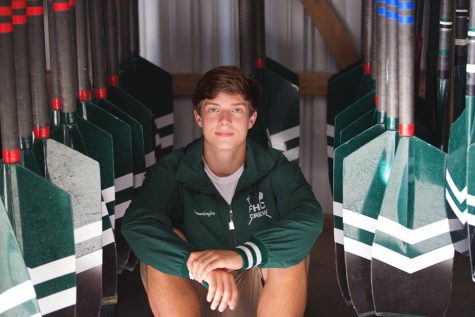
Jake Standerfer is joining the Central Trend for his third year on the staff as an Editor in Chief. He was one of the first people to join the staff after...






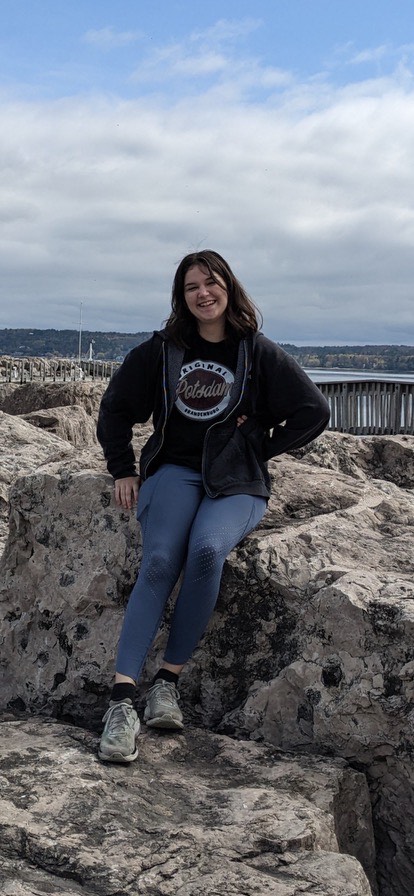
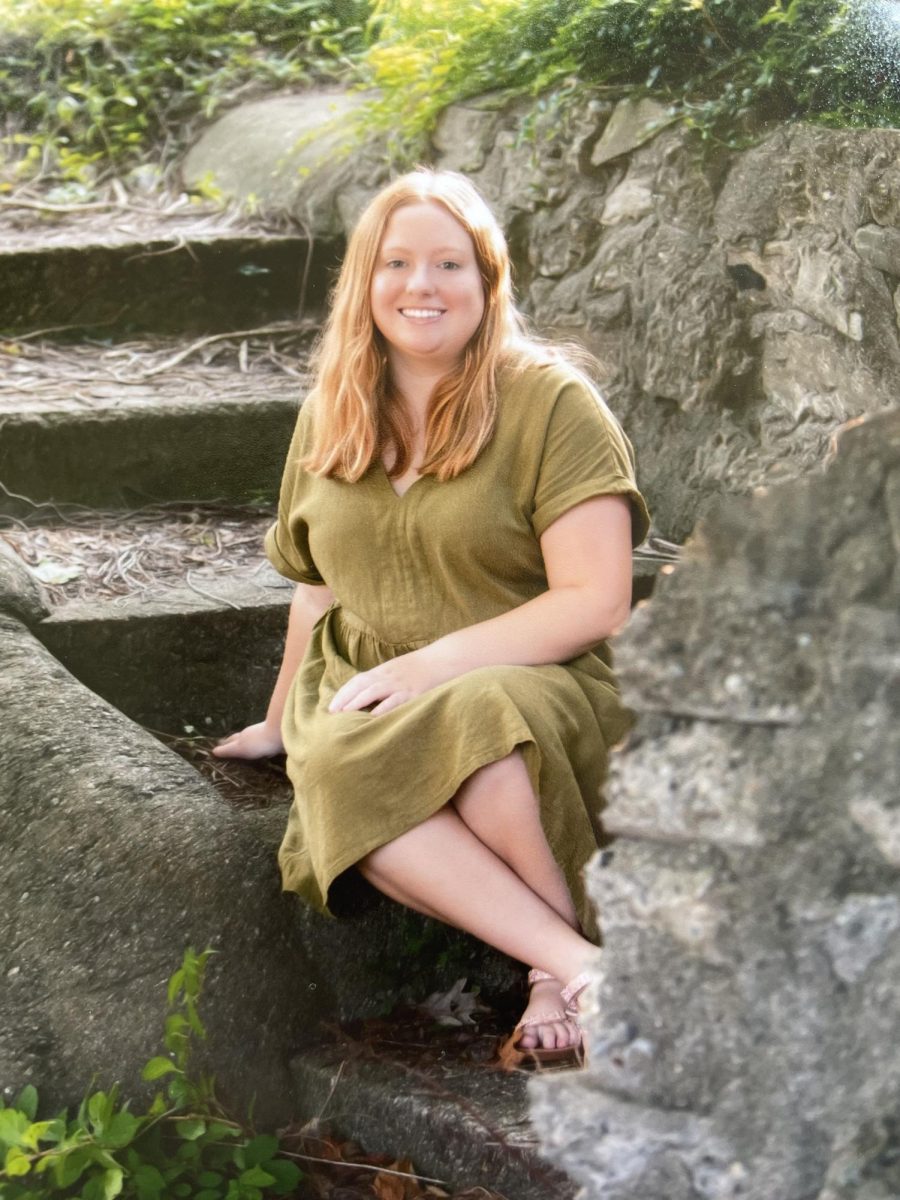
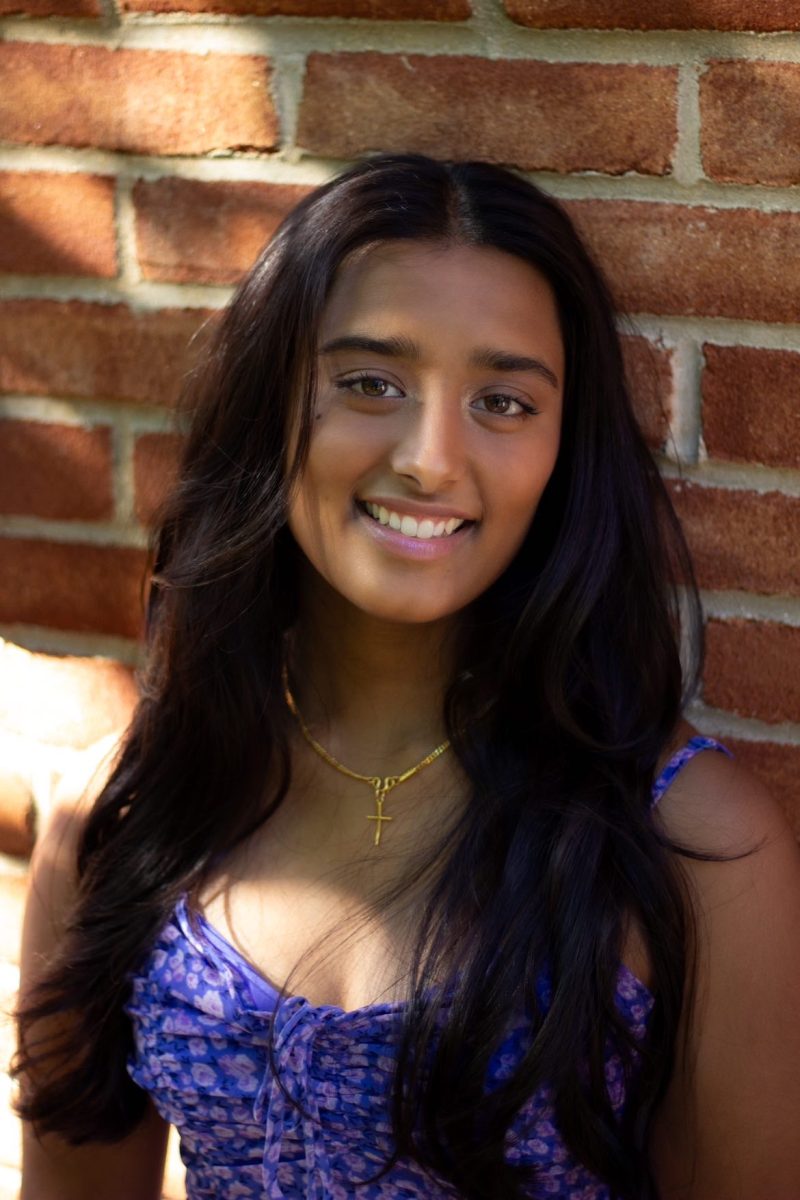

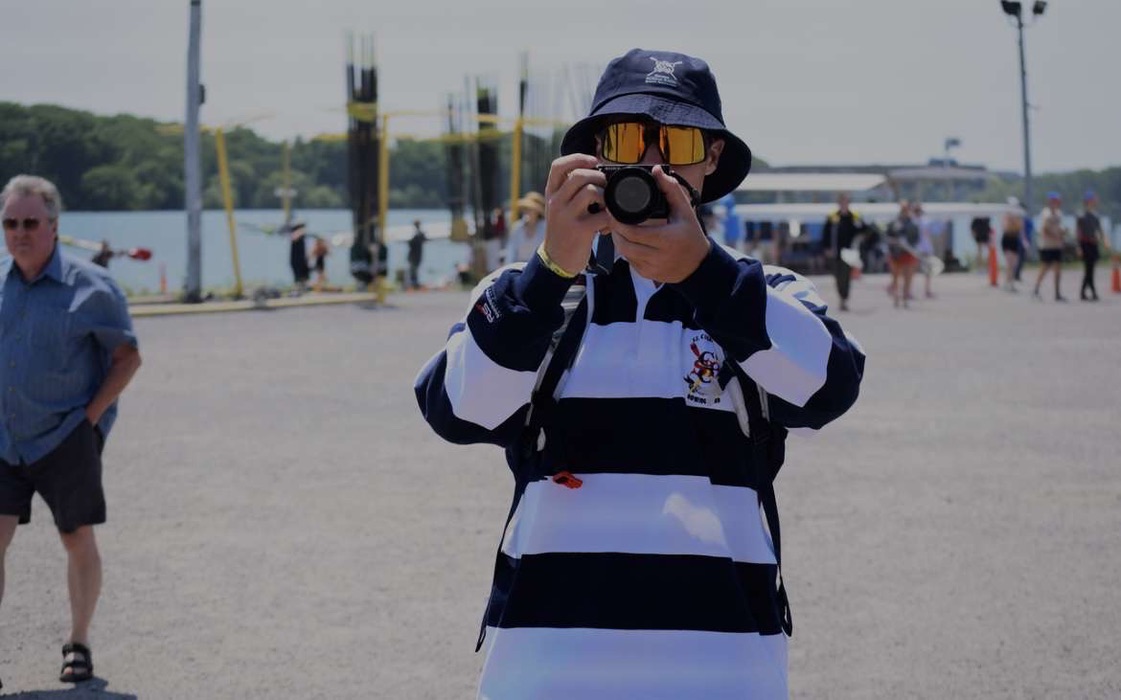



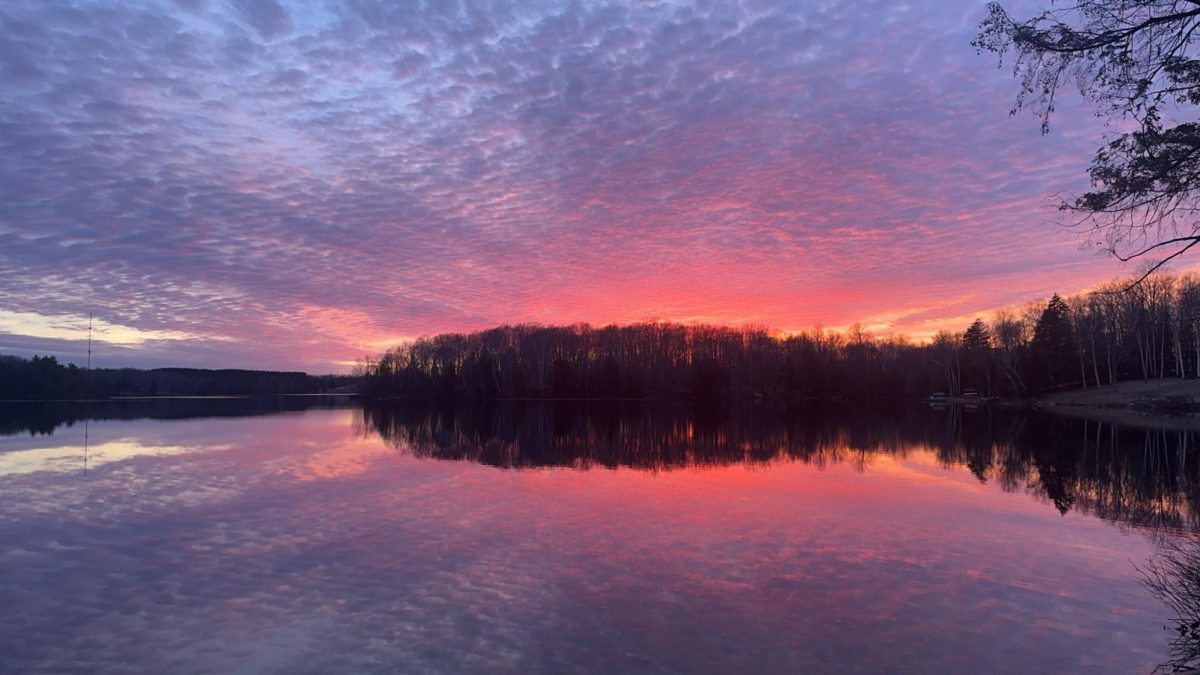


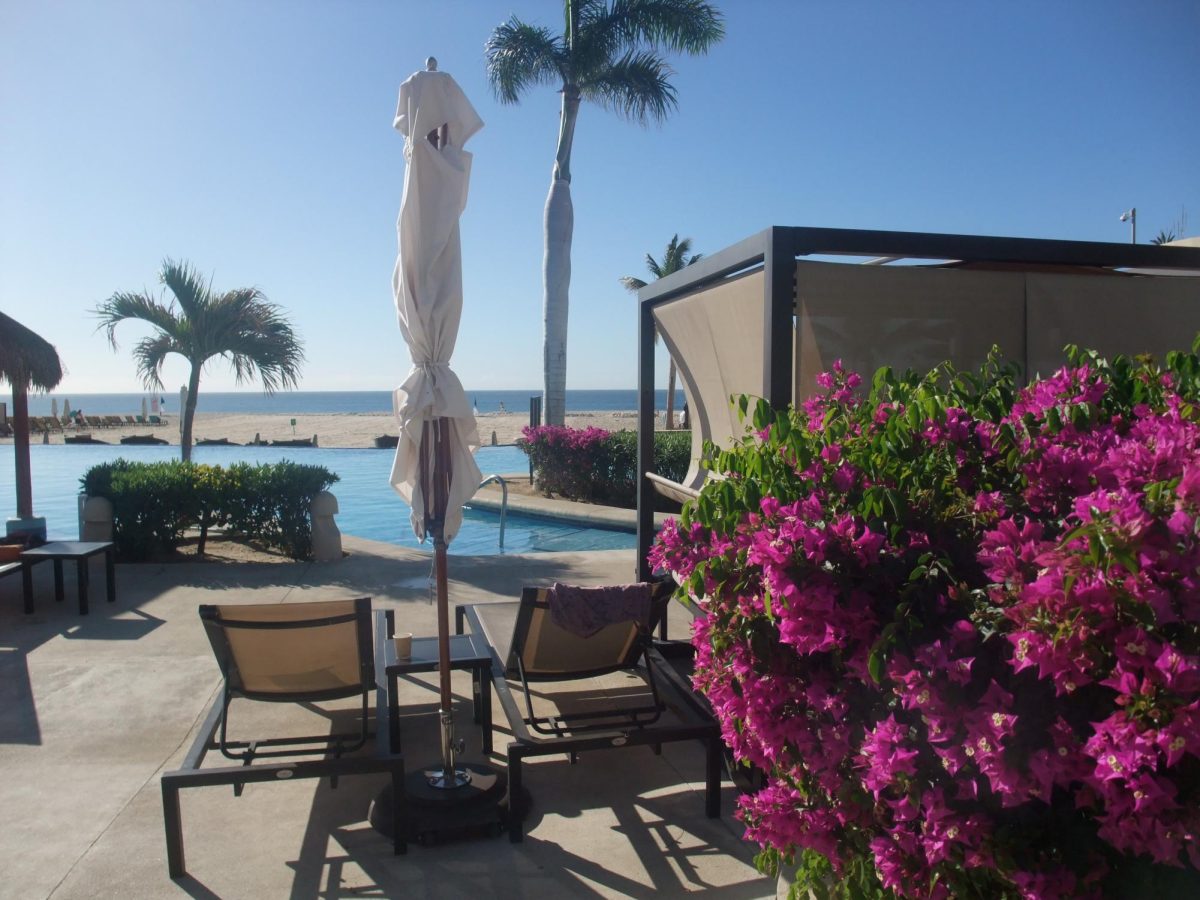


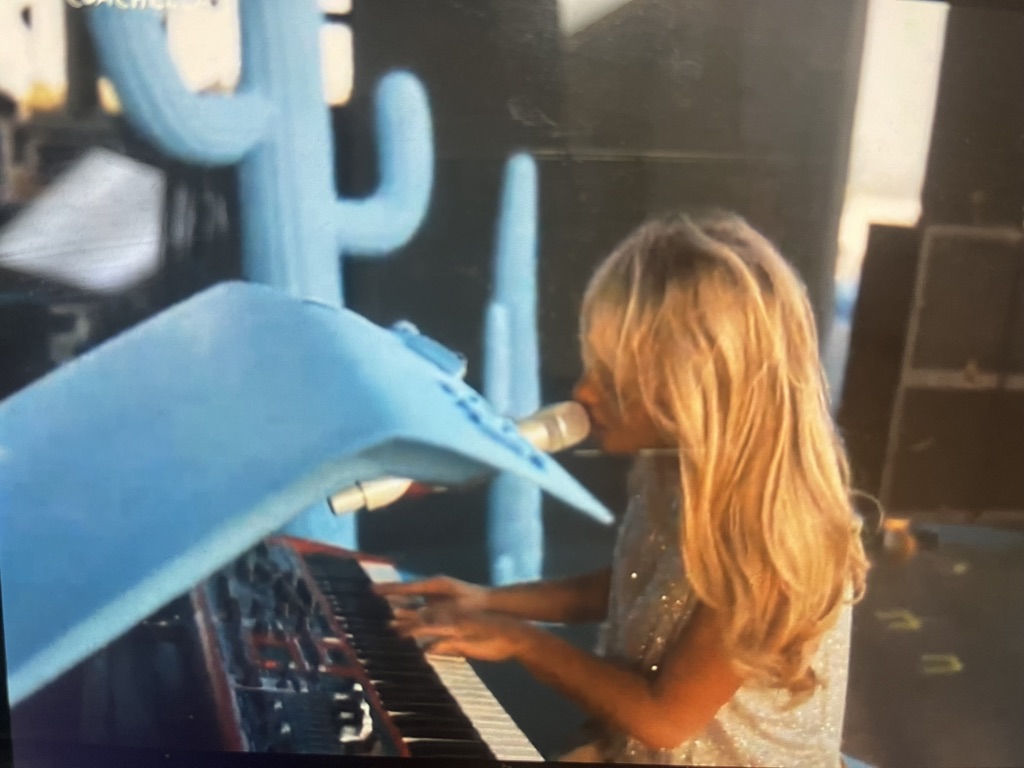
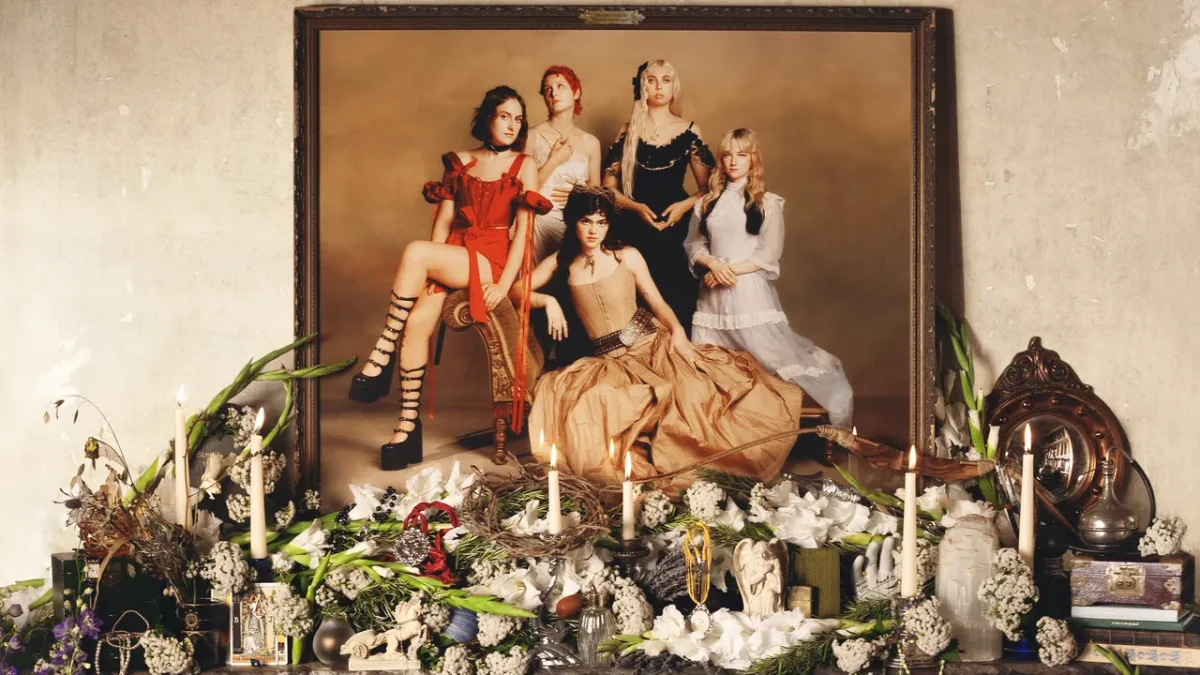












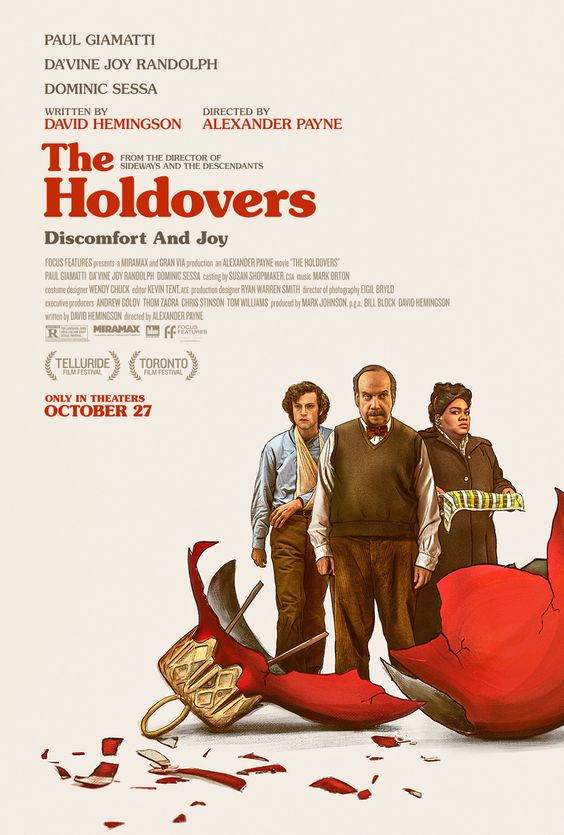



















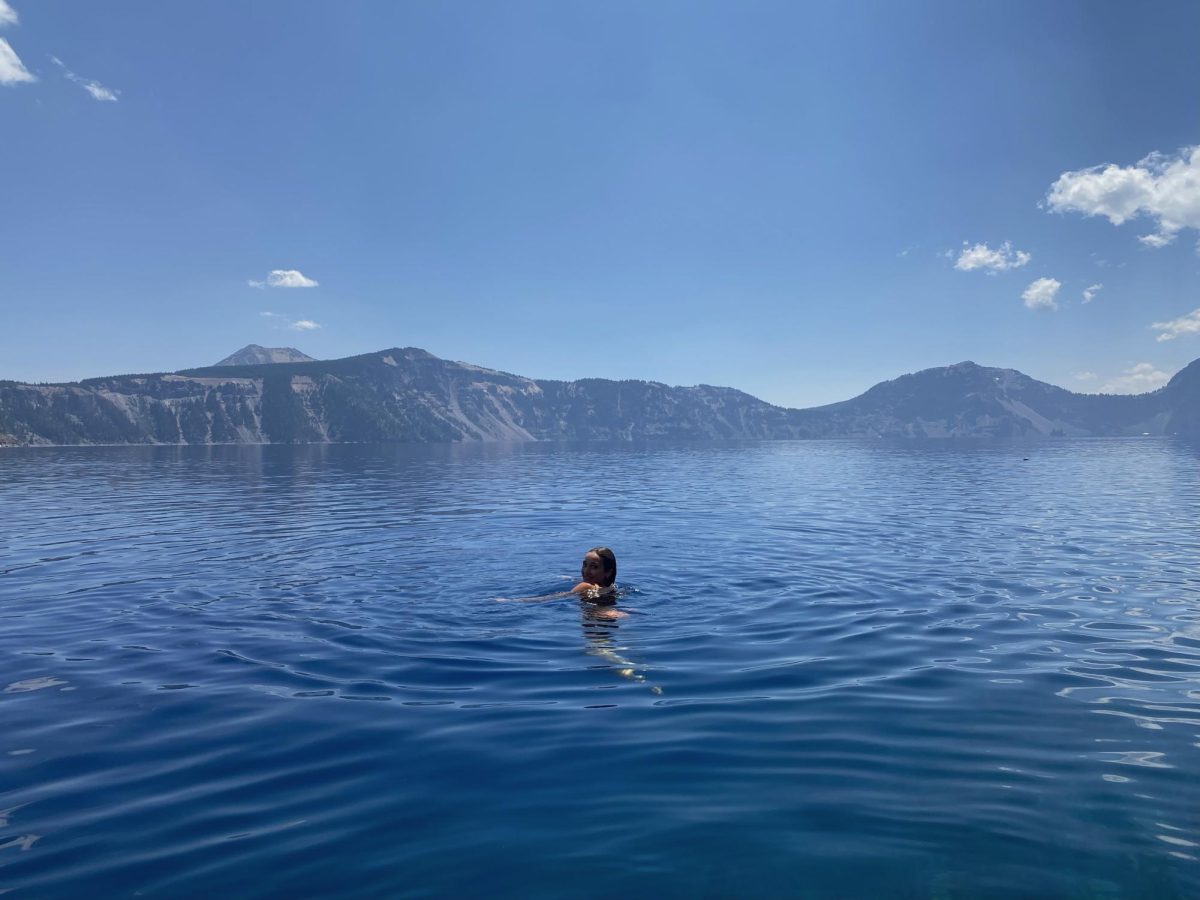













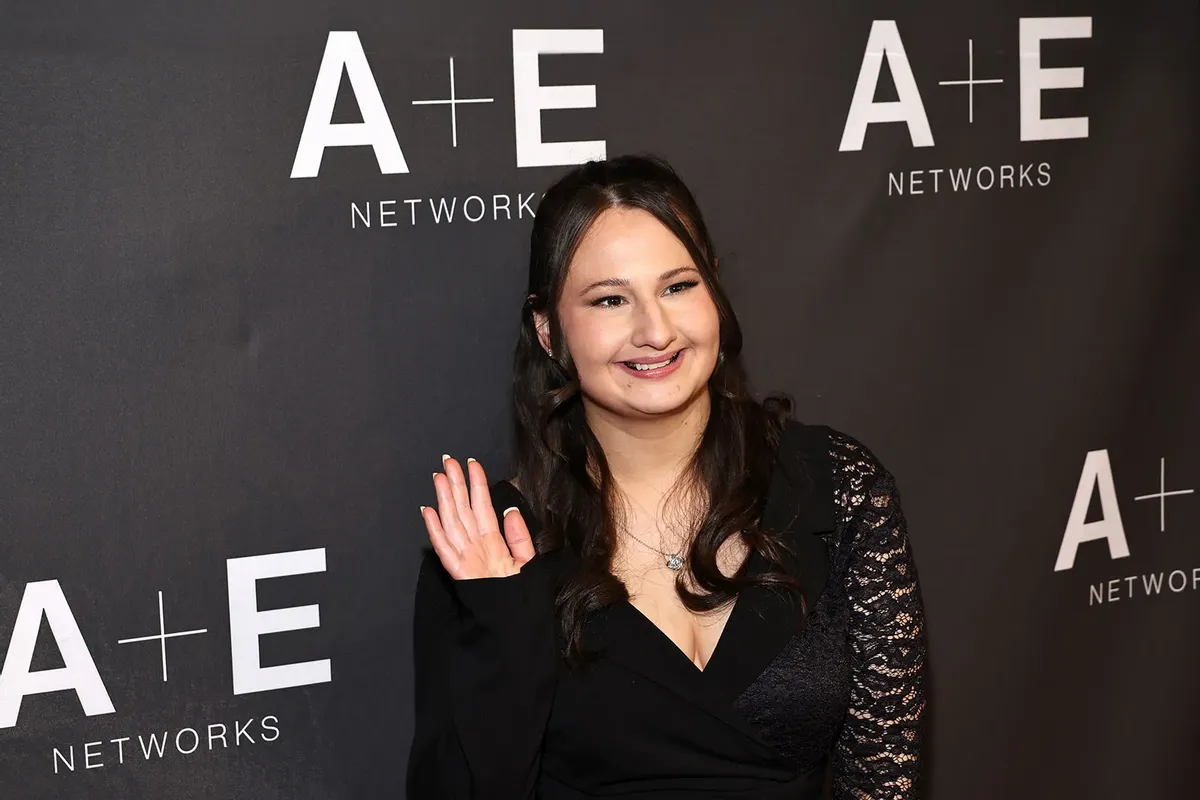

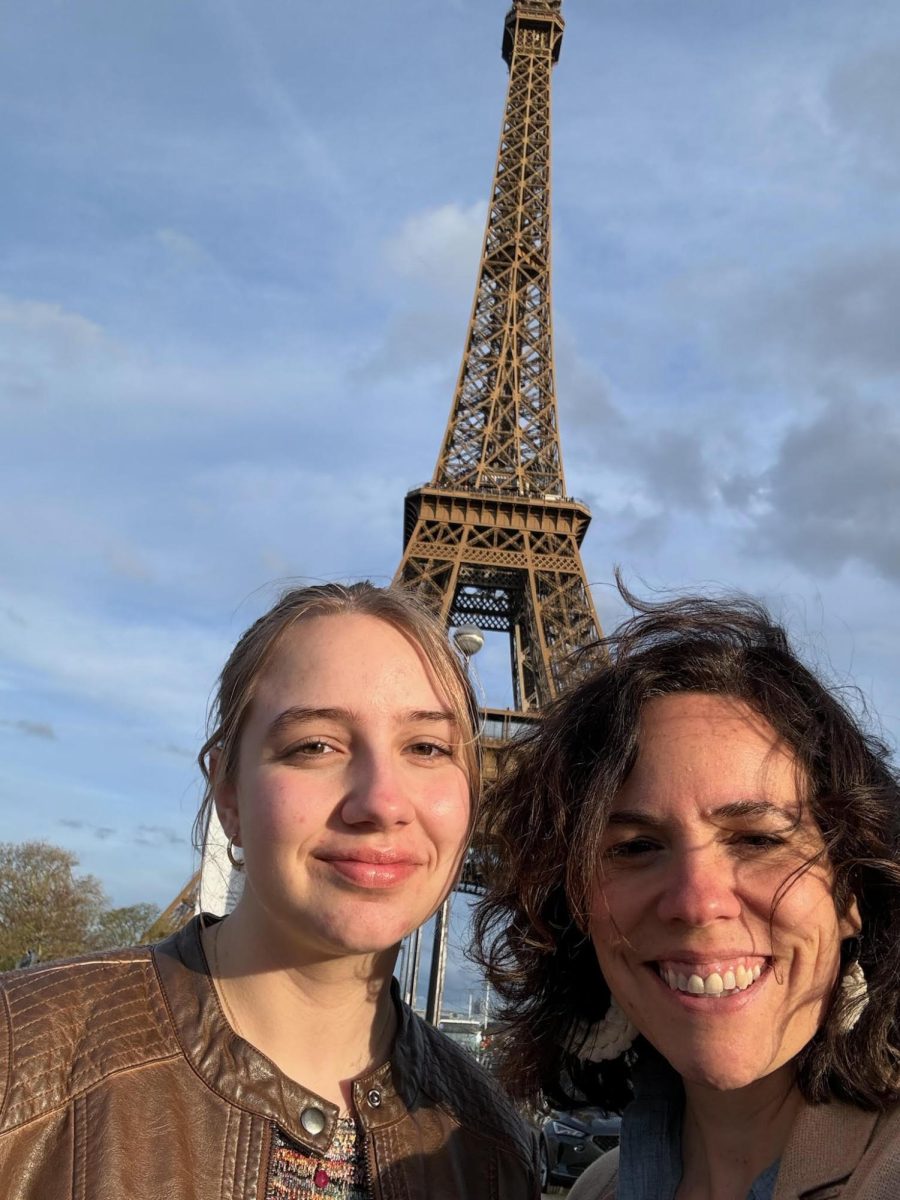
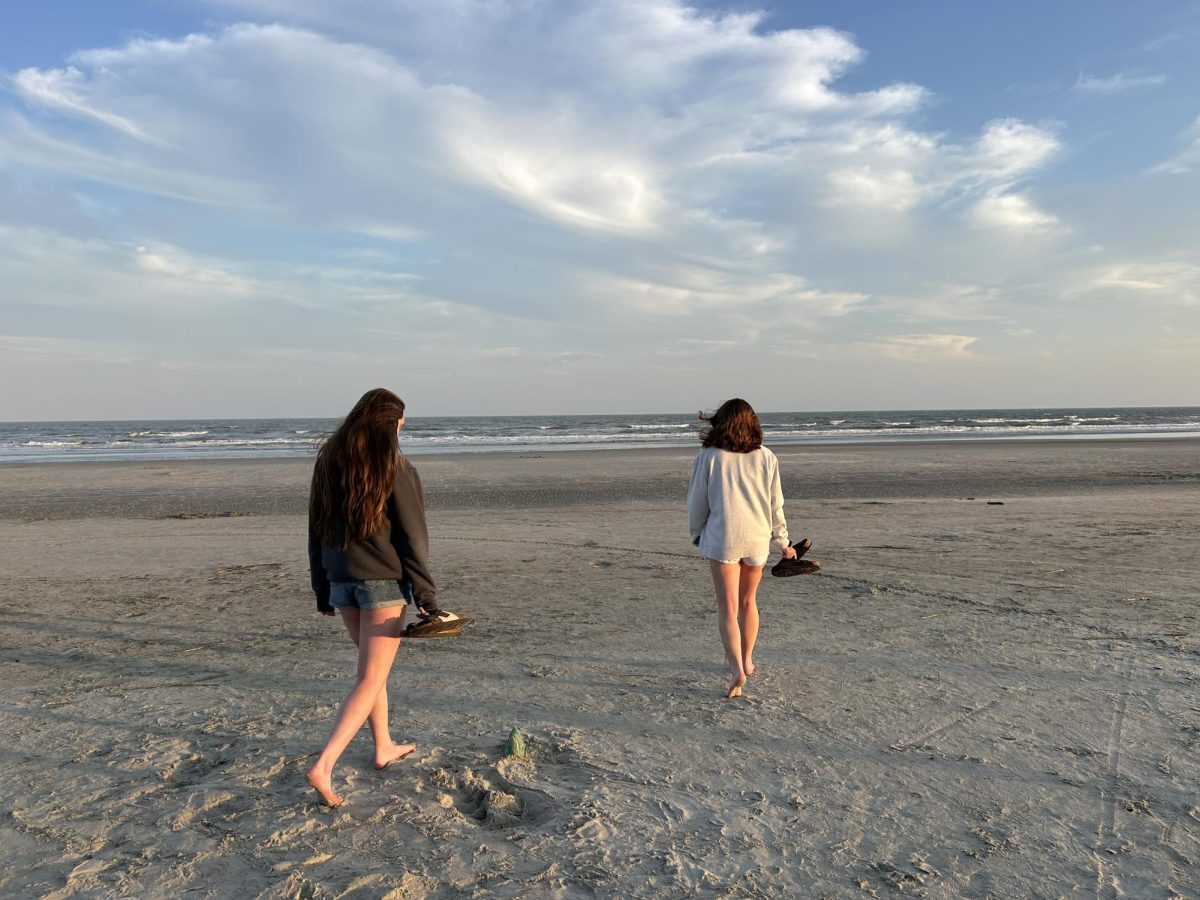
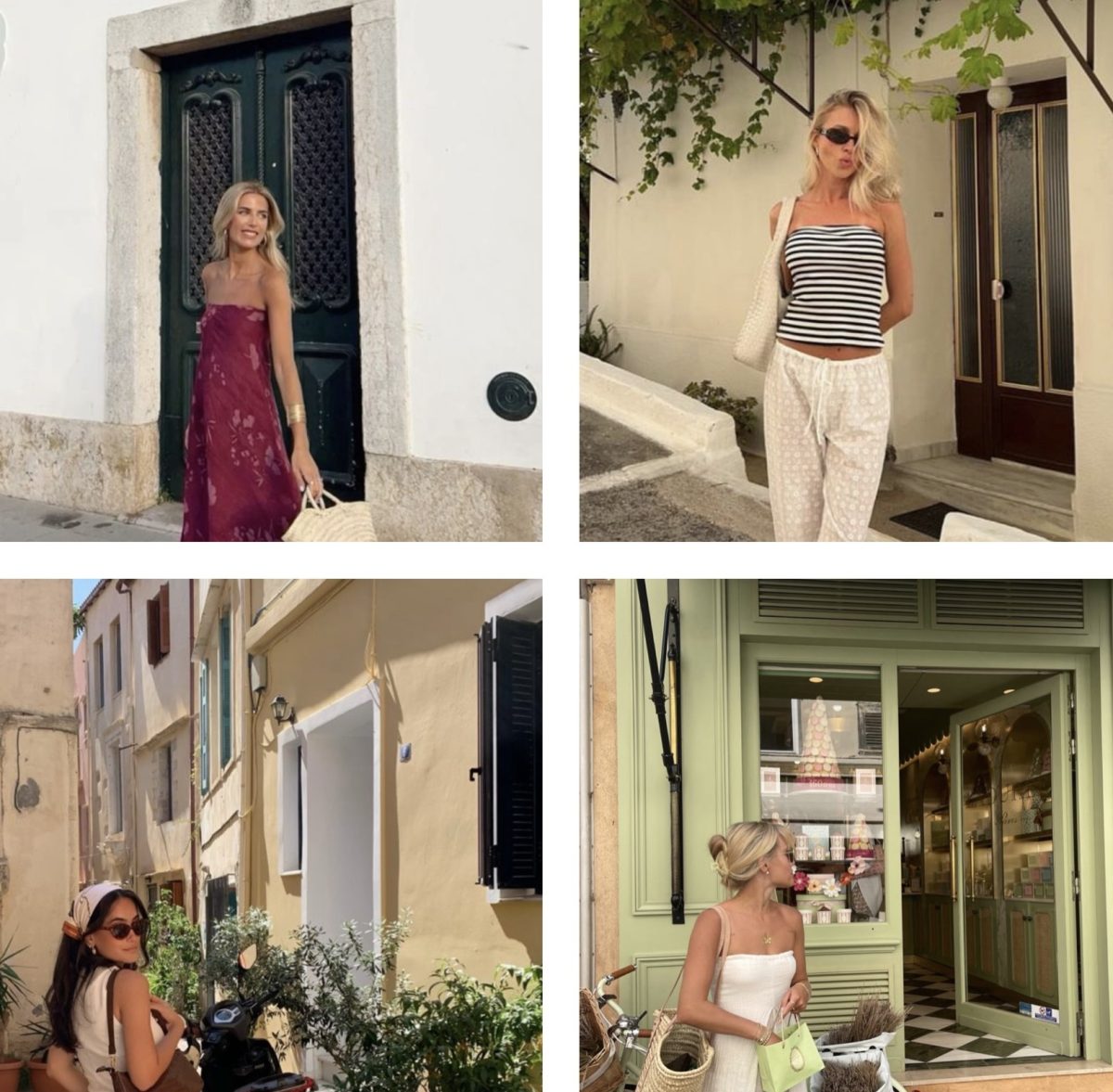
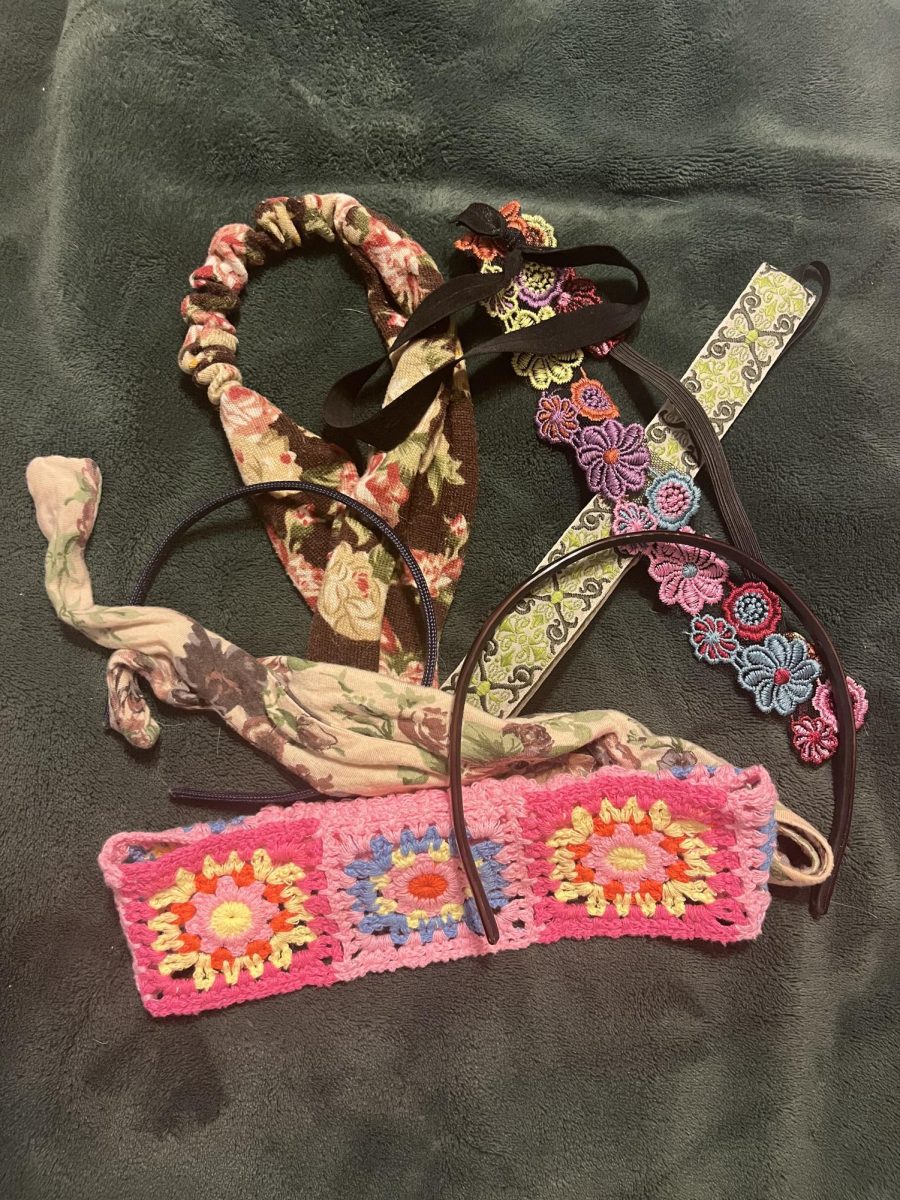





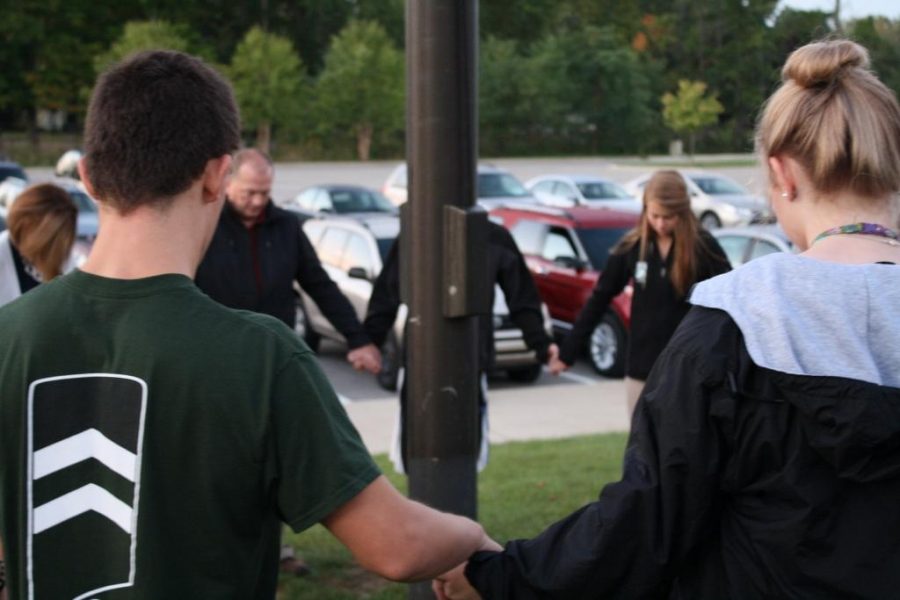
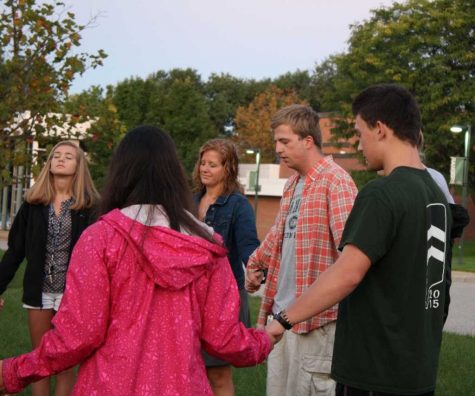

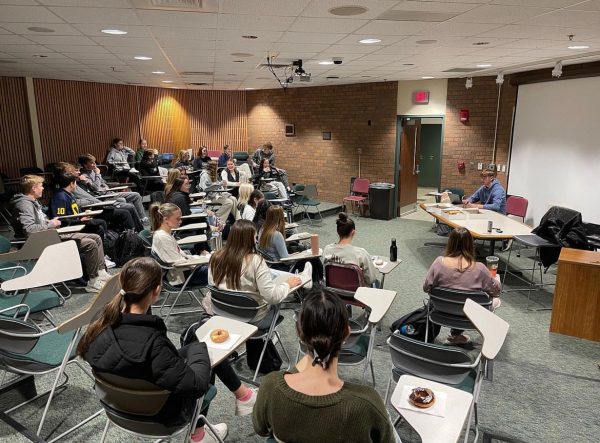

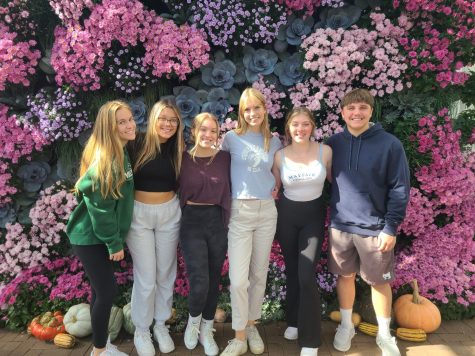
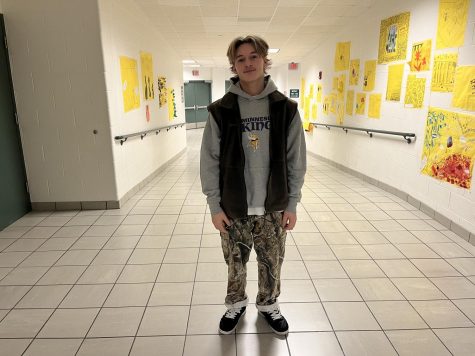
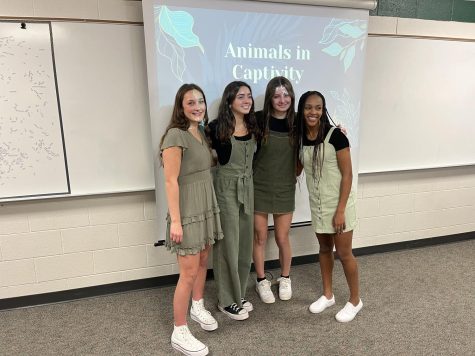
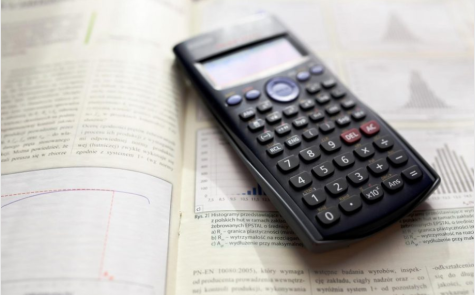
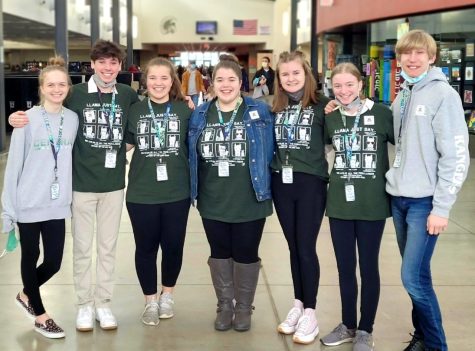
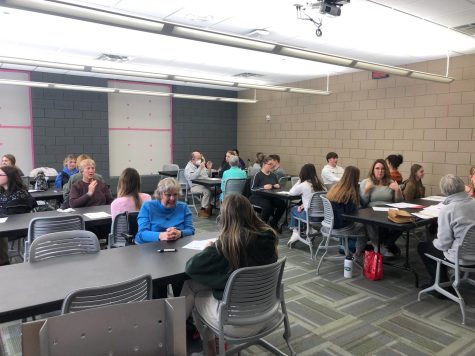
Logan Vredenburg • Sep 30, 2015 at 7:47 am
Jake,
I am very impressed with by the writing of this article. It pleases me to see that we have such talent located here, at forest hills central high school. Keep up the fantastic work!
– Logan